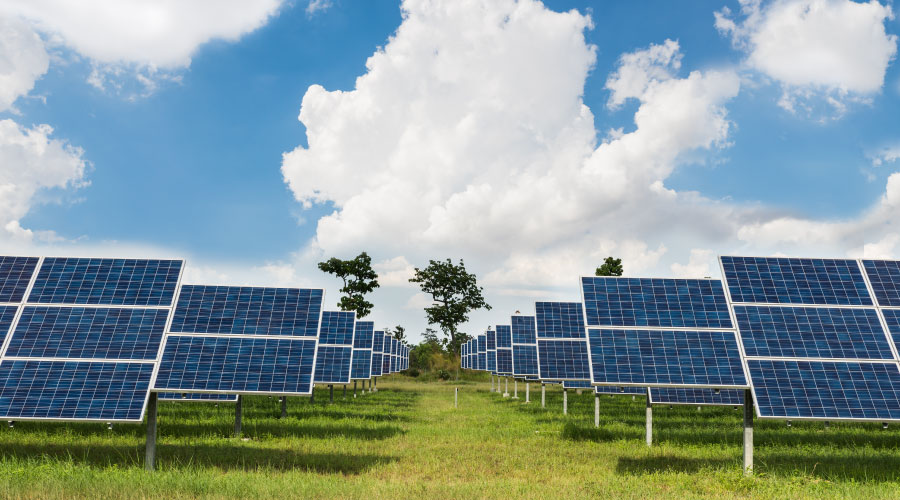Last part of a 4-part article exploring the promise and challenge of the Building Internet of Things for facilities
From Xerox commercials to the pages of trade magazines, the Internet of Things (IoT) is everywhere these days. But there is very little agreement on a simple definition of IoT. We are told, however, that it will usher in transformative change to industries from healthcare to heavy industry, and will deeply impact each of us on both a personal and professional level. Some predict the IoT market will grow into the trillions of dollars globally in under a decade, though with little clarity about what that market consists of. Research firms postulate about adoption curves and future quantities of connected things.
At the core of the IoT concept is connected devices. All of those “things” which surround you could be connected to a network (perhaps the Internet?). Obvious choices are the tablet, PC, and cell phone. Also obvious are electrical appliances such as your desk lamp, the light bulb inside the desk lamp, and the coffee maker. Less obvious are non-tech objects such as your chair, your trashcan, each article of your clothing, and your coffee mug. For every object in the physical world, there is probably already a Silicon Valley startup working tirelessly to connect it, and then to figure out why.
In regard to buildings, the IoT concept commonly involves sensors and data. Lots of sensors and even more data. Sensors will measure the environment, by detecting light levels, air temperature, air quality, noise levels, maybe even smell (see: air quality). When you stand from your connected chair, sensors will track your movements toward the coffee maker. Sensors in your clothing and on your watch may further verify that you have stood and are on the move.
All of these connected objects and sensors will spit out mountains of real-time data. But where does the data go? What is it used for?
In the beginning, the prevalent understanding of IoT stopped at the sensors and objects. IoT was a world full of sensors for their own sake, which would measure and report on all conceivable aspects of our world, and feed data to a network. The thinking goes that if we start with rich real-time data, transformative change will naturally follow. By presenting the data to humans, we will modify our behavior. We see successful examples of this in activity tracking bracelets, and in residential electrical meters which provide time-of-use data in near real time.
The Building IoT concept is evolving from its early beginnings, and now most conversations also include the requirement to do something more direct with all of the rich data. Sometimes IoT is described conceptually as feeding data into a cloud-based central software framework or platform, and other times the data is described as being directly available for countless single-purpose lightweight mobile or browser apps. In yet other cases, there is an emphasis on actually using the gathered data to directly control or optimize a process. The end goal for the Building IoT is autonomous control or distributed intelligence — that is, IoT machines using IoT sensor data to operate without a human.
— Robert Knight














